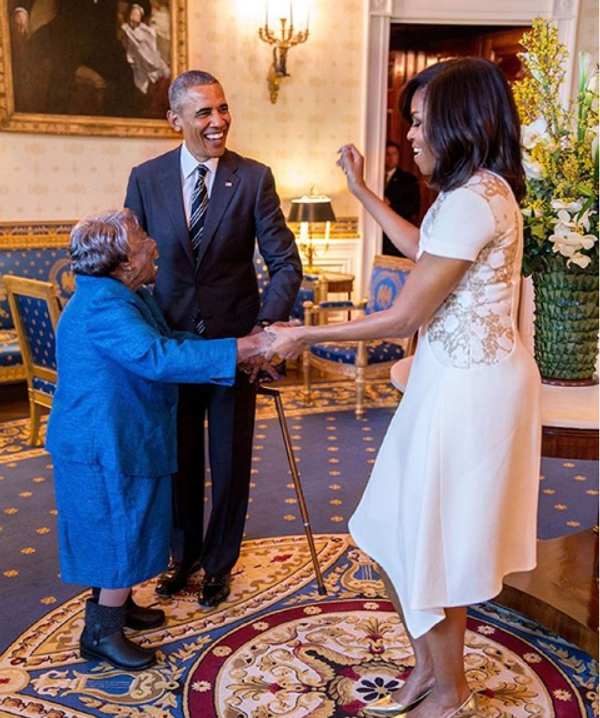Although there is no such thing as a sustainable biological racial construct, race is a ubiquitous social and cultural reality for many nations across the world. This can be observed when looking throughout history at the many instances of groups being objectified, ostracized, and marginalized based on their skin color. Because of its prevalence, there is a need to think critically, theoretically, and sociologically in order to understand and deal with the concepts of racism in societies. One way in which this is done is by observing prejudicial attitude development in children.
Infancy
According to Mary E. Kite and Bernard E. Whitley, everyone uses categories to make sense of and analyze their environment. While some categories relate to particular social groups, others are nonsocial (such as species of animals and types of furniture). However, children have a greater need to organize their world due to their underdeveloped mental abilities. Using categorization, children are able to free up mental resources that can be then used for other tasks. In order to understand where prejudicial attitudes in infants, it is important to understand the levels of awareness.
Explicit awareness is the conscious awareness of social categories. This looks like children labeling others as tall, dark, or other physical differentiations that place people into categories. However, pre verbal children tend to have an implicit awareness. This term is almost exclusively used to describe the patterns of awareness for children that lack the language to express such awareness. This then turns into explicit awareness. Research shows that infants are implicitly aware of their social categories placed on others based on race, gender, age, and physical attractiveness. This is not influenced by the adults in their lives and aren’t evidence of prejudice in infants, instead it is evidence of the beginning of social understandings.
Childhood
Explicit awareness of race and racial categories develop around four years old. It is around this time that category preference also spawns. Category preference means that children prefer one group over another. When researchers examine this phenomenon they do so by asking children to identify and label people into specific categories usually utilizing dolls or picture. In an experiment conducted by Spencer Thompson (1975), young children received photographs of individuals and were given the task of classifying the pictures on the bases of gender. The study concluded that, by the age of three, 90% of children could correctly identify males and females. This same method was used to observe racial awareness and studies showed that 7- to 10-year-old white children often sorted the photos racially but seldom by gender. It is likely that this is a result of the children following an adult’s identification of outgroup members.
One of the first pieces of a child’s social identity is identifying what s/he belongs to. This often results in an in-group preference rather than outgroup dislike. So in short, there is more of an ingroup focus and bias than an outgroup prejudice. When children seem to be expressing prejudicial attitudes towards others by excluding them from playground festivities or even saying mean things, many studies have shown that they truly don’t know the magnitude of that they are saying and the impact that it can have on the person receiving the treatment. As they continue to age, they begin to add value judgments to social categories.
In an integrated 113 research study of 121 cross-sectional and 7 longitudinal studies by Raabe and Beelemann in 2011, children from all over the world were studied in order to understand in-group attitudes towards outgroup members. In most of these cases, the ingroup consisted of majority- groups (often white children) and the outgroup consisted of minority-groups such as black and other ethnic-minority children. The findings suggest that there is an increase in prejudice between 2-4 years old, and 5-7 years old. A slight decrease in prejudice was seen between middle (5-7 years old) and late childhood (8-10 years old). It should be noted that the decrease that occurs between middle and late childhood occurred in studies of explicit measures whereas studies on implicit prejudices show no-change in attitudes. It can then be concluded that it is at this period in a child’s life that they begin to figure out how to control their prejudice responses based on social norms. Another finding showed that the pattern of prejudice for minority group members was dependent on the amount of contact that children has with outgroup members. In all samples there was an increase in prejudice between 2-4 years old, and 5-7 years old but an even bigger increase in prejudice for children with no socialization with outgroups.
Clark McKnowna and Rhona S. Weistein sought to observe the development of prejudice sentiment including an ethnically diverse sample of 2020 children ages 6 to 10. When children gain insight into negative social motives and societal racism and discrimination, their intergroup attitudes become increasingly negative. This tends to happen when the children enter school at age 5 to 7 years and directly experience racism and discrimination.
In conclusion, children from all backgrounds appear to acquire racial and ethnic attitudes around the same age – 2 to 5 years old. Socializing majority group children with other groups has been shown to decrease prejudicial attitudes as they grow older. However, minority group children often exhibit increasing levels of prejudice is they grow older and acquire stereotype consciousness.
Teenagers
Little has research been done on high school interactions but a study conducted by Martin Patchen showed that both black and white students reported that they avoid sitting or walking near, and talking to students of other races. Although this is true, the majority of the students reported that there was friendly cross-racial contact (such as talking, and sitting with), but only half of the students reported these interactions carrying on off campus (such as interracial dating and house visits).
Daniel Tatum addressed the self-segregation that is evident in schools in her book “Why Are All the Black Kids Sitting Together in the Cafeteria”. She points out that, starting in middle school, teens tend to start searching for their identity. An important part of identity for a lot of black children is their racial identity. This can be attributed to the fact that it is the aspect of their lives that they are most aware of due to others viewing them in a racial context. Black students often find themselves in a battle to defy and resist stereotypes especially in a predominantly white setting. Because of this, Dr. Tatum theorizes that black children’s experiences with racism lead them to self-segregate in the cafeteria in search of a seemingly safe place- with other black children. Associating with other black teens would protect them from the racism that they may experience in other contexts.
It should be noted that not all black children respond to the stereotype consciousness in this way. Lawrence Gram pointed out that some black children would often disassociate from group members once made aware of the negative stereotypes associated with them in favor of interacting with more white children in order to preserve the friendships.
Ending Notes
After reading through the sources, I have concluded that the majority of the prejudices at childhood can be avoided by contact and ensuring that adults involved in the upbringing of the child are careful in their language regarding others. Children are direct reflections of their environments in their early ages and have very loose views that can be shifted based on conditioning. As far as teens, I have realized that there is a reluctance to initiate interracial interactions due to a misperception of lack of interest on the part of the other group. Nicole Shelton and Jennifer Richeson did extensive research on the interactions of students in their teen to college years and found that both black and white students were interested in becoming better acquainted with members outside of their own race but often avoided contact for fear of being rejected. If we want to critically address how racism has survived in societies across the world, we must look at the studies related to children and how they perceive and produce prejudice.
Further Readings
Social identity and ethnic prejudice in children. Psychology and society.
Consequences of “minimal” group affiliations in children. Child Development.



















